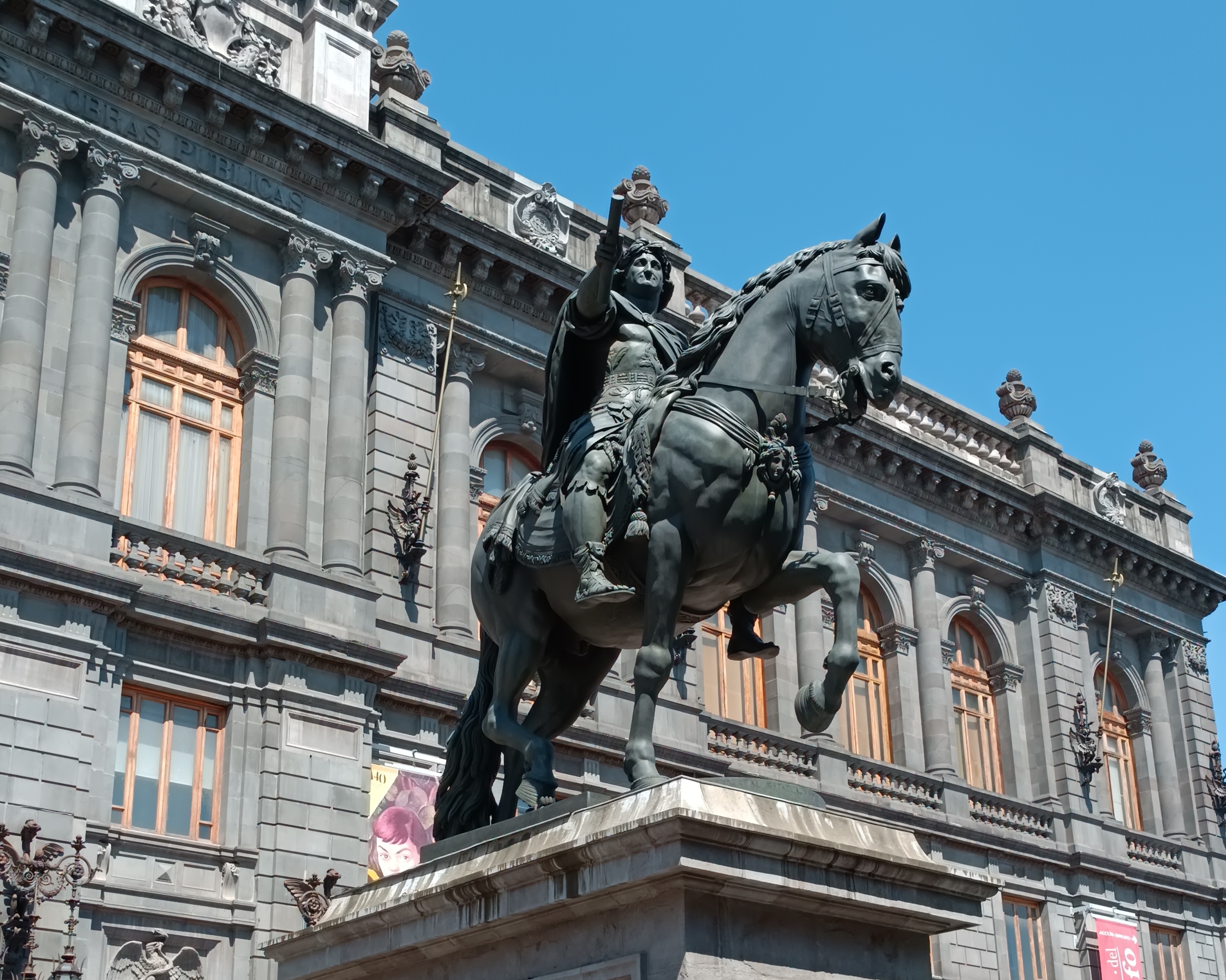

A Monument to a Maker Even Despite Its Subject
“El Caballito” is not without irony. Mexico City residents are not being affectionate when calling it the “Little Pony” or the “Little Horseman.” It’s nothing like other important monuments in the city. And in all the world, it’s still the second largest cast bronze statue.
Manuel Tolsá’s equestrian portrait of Charles IV began with a 1796 commission from the Viceroy of New Spain, Miguel de la Grúa Talamanca. With permission from Madrid, work began. A pedestal was built in the Zócalo. Bullfights and parties were held on December 8, 1796. That was seven years before the work could be unveiled.
Tolsá worked with Salvador de la Vega who’d cast many of the largest bells in Metropolitan Cathedral. The Foundry was at the Colegio de San Gregorio, and the statue was painstakingly moved to the seven-year-old pedestal. That was 1803. The 1,600-meter move took five days on a cart.
It was to be the first of four or five painful moves for the hefty horseman. The final statue weighs about 26 tons. Of course, a lot would have to happen before anyone would even consider moving the statue again. Here’s a quick recount:
Well, first they hid it. Anti-Spanish sentiment was too hot and a blue tarp was draped over the top for a while. Arch-conservative, Lucas Alamán convinced the president to spare the statue from the crucible. By 1822, the horseman reigned over a closed courtyard in the Royal and Pontifical University building. (That was later to become the University of Mexico.)
From there, it was moved in 1852 to the intersection of Paseo de la Reforma and the Avenida Bucareli. Charles IV remained there until 1979. Fortunately those represent the long golden years of the avenue. In fact, at the other end of Bucareli, at the Intersection with the Calle Barcelona, was another tremendous work by Manuel Tolsá. The fountain that flanked that grand intersection was moved in 1925 to the Plaza de Loreto where it can still be seen.
In 1979, at long last, and after countless troublesome street expansions, the City moved “El Caballito” to its present location. So when you’re complaining about the style and strange period of Sebastián’s brilliant modernist yellow replacement, remember that all of this history has gone into that particular statement, too.
The renamed Manuel Tolsá Plaza, out front of the National Museum of Art and before Tolsá’s masterpiece, the Palacio de Minería, may finally do justice to the work the architect and sculptor tried to do, so many years ago.
Ultimately, it’s a monument to the artist far more than to its subject. And for that, it does bear some affection.
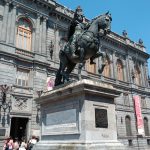 This beautiful sculpture, popularly known as "El Caballito", is the work of the Valencian architect Manuel Tolsá. It was made at the request of the Viceroy Marquis of Branciforte.
The sculpture was cast in the garden of the Colegio de San Gregorio, completed by 1803 and placed in December of that year in the main square of the city. After the victory of the Trigante Army, the statue "rode" to the main patio of the University building. Several years later it was placed at the intersection of Paseo de la Reforma and Bucareli Avenue. Since 1979 the sculpture is admired on the old gardens of the Palacio de Comunicaciones, today known as Plaza Tolsá.
It represents Charles IV, King of Spain, dressed as a Roman emperor and riding a trotting horse. The pedestal on which the work stands is the work of the architect Lorenzo de la Hidalga and dates from 1852. It is considered one of the three most important equestrian sculptures in the world.
This beautiful sculpture, popularly known as "El Caballito", is the work of the Valencian architect Manuel Tolsá. It was made at the request of the Viceroy Marquis of Branciforte.
The sculpture was cast in the garden of the Colegio de San Gregorio, completed by 1803 and placed in December of that year in the main square of the city. After the victory of the Trigante Army, the statue "rode" to the main patio of the University building. Several years later it was placed at the intersection of Paseo de la Reforma and Bucareli Avenue. Since 1979 the sculpture is admired on the old gardens of the Palacio de Comunicaciones, today known as Plaza Tolsá.
It represents Charles IV, King of Spain, dressed as a Roman emperor and riding a trotting horse. The pedestal on which the work stands is the work of the architect Lorenzo de la Hidalga and dates from 1852. It is considered one of the three most important equestrian sculptures in the world.
Heart of México Walking Route: Manuel Tolsá - S Veracruz Route
< < MUNAL | Palacio de Minería > >
Proyecto “Corredor de Cultura Digital”.
Nombre de la investigación: Investigación Centro Histórico, Monumentos, Edificios y Puntos de Interés (2023)
Dirección de investigación y diseño de Rutas: Acércate al Centro A.C. Guadalupe Gómez Collada
Coordinación e investigación histórica: Fideicomiso del Centro histórico Dir. Maestra Loredana Montes
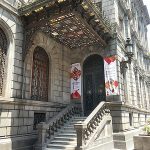
Nearest at 0.01 kms.

Nearest at 0.01 kms.
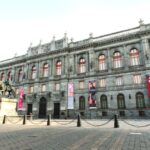
Nearest at 0.03 kms.

The National Art Museum in Mexico City's Centro Histórico is always going to be a holiday highlight.

One of Mexico City's most beautiful historic squares, it's a meeting place for booklovers and dealers.
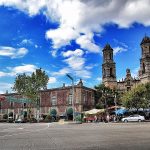
Presiding over Avenida Balderas like a fount of history, the Old Hipolito Church still strikes a somber chord.
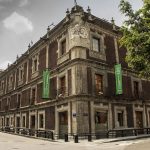
One of the most painstakingly restored 17th century complexes in the City, MIDE tackles a tough subject with style.
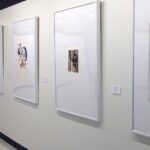
The National Print Collection is an enormous trove of important printed works from a wide variety of techniques.